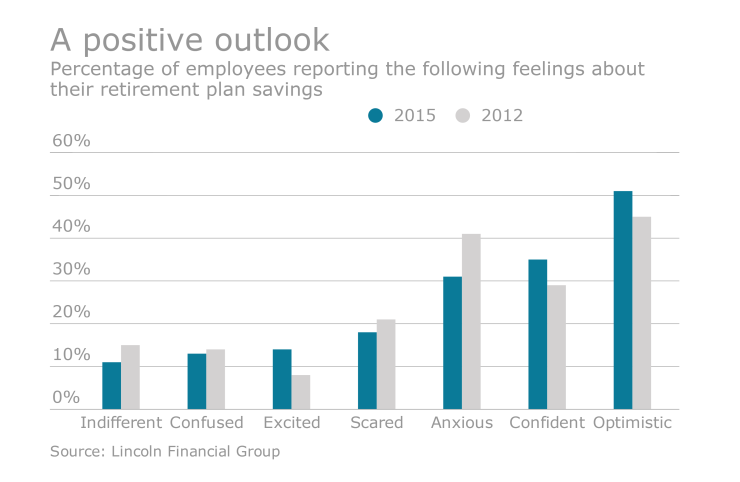In 1963, about 4,400 employees of Studebaker, most of whom had worked for the automaker their whole lives, lost their pensions. As a result of this hardship, the DOL established the Employee Retirement Income Security Act. The law’s purpose is clearly defined in its preamble: “It is hereby declared to be policy […] to protect the interests of participants in employee benefit plans and their beneficiaries.”
Less than a generation ago, defined-benefit pension plans were still the predominate retirement savings vehicle in the U.S. Today, these plans have been phased out and most workers are now channeled into the do-it-yourself 401(k) system. ERISA, however, envisioned that a 401(k) plan sponsor would hire professionals — such as trustees or actuaries — to design and manage the retirement benefit for the workers, rather than forcing workers to manage their own retirement plans. But as retirement plans have evolved, that is not how it has worked out.

Because ERISA was written to correct problems in defined-benefit plans, lawmakers did not anticipate the ways in which today’s employees would become responsible for their own retirement savings. That makes it incumbent on today’s plan sponsors and their advisers to take into account the five key financial behaviors that drive most employees’ investment decision-making and play a significant role in how 401(k) plan participants act—or don’t act.
These five behaviors are:
· Inertia: The tendency to stay the course and persist in certain money habits.
· Procrastination: The strong tendency to put off what one should be doing today until tomorrow.
· Choice overload: Which occurs when the prospect of making the decision is so overwhelming that the employee refuses to make it.
· Endorsement: When employees substitute what they perceive as an expert suggestion (e.g. their employer’s plan design) for their own individual reasoning.
· Framing: Employees reaction to how a concept is presented and the impact this has on their decisions.
Motivate participants
The propensity for participants to fall victim to these behaviors poses a risk to achieving positive retirement outcomes. It can be tempting for plan sponsors to want to force behavioral change, but most research today shows that it’s difficult to change financial behavior. In 2017, Richard Thaler even won the Nobel Prize in economics for his work showing that financial behaviors are best left intact.
The problem with most retirement plans is that left on their own, few individuals do the things necessary for success, such as setting a goal, joining the plan, saving more money as time goes on, investing sensibly or staying on track with his or her account each year. To overcome this and increase positive outcomes for participants, you should encourage better systems around the five key financial behaviors noted above, such as instituting automatic enrollment and automatic escalators of savings, rather than trying to change behavior altogether.
Managed account solutions are another way you can utilize the five key behaviors, by defaulting each participant into a defined goal of replacing 70% of their income in retirement. The actuarial calculations are done before the enrollment meeting, and participants are presented with the answer right from the beginning, in the form of a Qualified Default Investment Alternative. Given human nature, most participants will follow the path of least resistance, which we’ve seen produce a very high acceptance rate of 80 to 85%. In other words, if you offer solutions that take the work off the participant, participants will be more successful in reaching their retirement savings goals.
A plan sponsor will always be a fiduciary to the plan. That said, to help design and implement plans that will have the greatest probability of participant success, sponsors should look to hire a trusted fiduciary. One of the best ways to promote better behavior among participants is by acting as a trusted partner. ERISA demands that participants be protected and their interest always be placed first. This is why the fiduciary status in ERISA has been called “the highest duty known to the law,” as cited
ERISA envisioned that the plan trustee would manage the plan to protect the interest of the participant. The preamble of the House-Senate conference report stated this clearly: “Trustees generally are to have the exclusive authority to manage and control plan assets.”
Plan sponsors and their advisers can significantly improve outcomes for your participants by embracing programs that optimize otherwise negative behavior patterns. By implementing programs that take the five key financial decision-makers into account and leveraging a trusted fiduciary partner, you can help more participants retire successfully.





